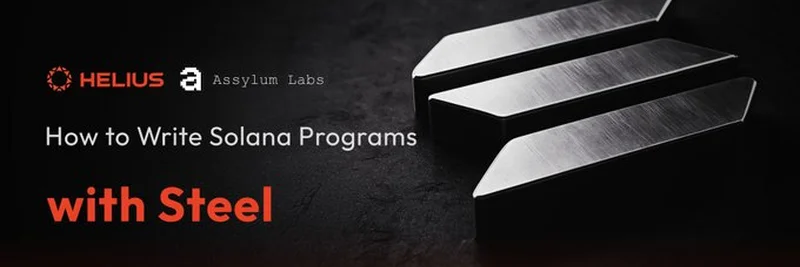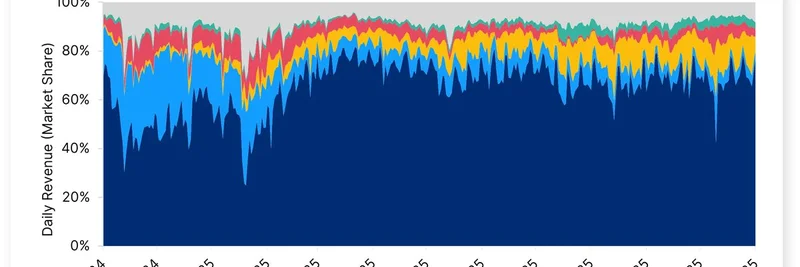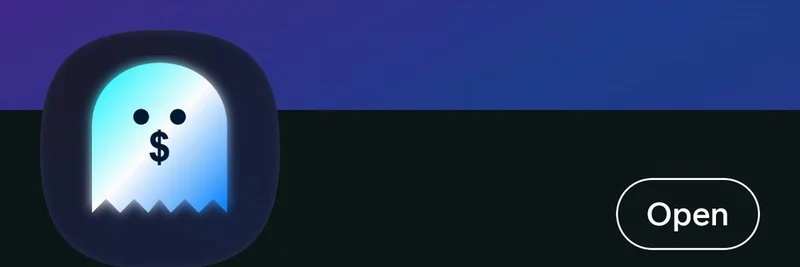Hey there, crypto enthusiasts and blockchain developers! If you’ve been diving into the world of Solana, you’ve probably heard about the latest buzz around a new tool called Steel. Recently, Helius and Asylum Labs dropped an exciting thread on X (check it out here) that breaks down how to write Solana programs with this innovative framework. Let’s unpack what Steel is all about and why it’s generating so much excitement!
What is Steel, Anyway?
Steel is a lightweight, modular framework designed to help you write native Solana programs with minimal boilerplate code. Think of it as a handy toolkit that gives you more control over your smart contracts without drowning you in unnecessary complexity. Unlike some heavier frameworks, Steel lets you pick and choose the features you need, making it super flexible for developers of all levels.
The thread highlights a detailed article by @OkohEbina, which covers the essentials:
- What Steel is (and isn’t): It’s not a one-size-fits-all solution but a customizable set of tools.
- Steel macros and helpers: These are pre-built functions and shortcuts that speed up your coding process.
- Creating a token with Steel: A practical example to get you started.
Why Steel Stands Out
If you’ve ever tried writing Solana programs in Rust (the programming language Solana uses), you know it can involve a lot of manual setup and repetitive code. Steel steps in to streamline this process. By reducing boilerplate, it frees up your time to focus on the fun stuff—like building decentralized apps (dApps) or creating meme tokens that could take the crypto world by storm!
The framework is a brainchild of Regolith Labs, and it’s built with open-source principles in mind. This means the community can contribute and help shape its future, which is a big win for collaborative development on Solana.
Getting Started with Steel
So, how do you jump in? The Helius thread points to a full article (read it here) that walks you through the basics. You’ll learn how to use Steel’s macros and helpers to set up your program, validate accounts, and even create a token from scratch. It’s a hands-on guide that’s perfect for beginners and seasoned devs alike.
For those who love a visual cue, the image shared in the thread shows three sleek metallic bars—symbolizing strength and precision, much like what Steel brings to your coding projects. It’s a cool nod to the framework’s robust yet elegant design!
The Community’s Reaction
The X thread didn’t just stop at the announcement— it sparked a wave of enthusiasm! Devs like @0xIchigo and @KoenRijpstra chimed in with excited reactions, while others like @Va77ss praised how Steel cuts down boilerplate, letting “real alpha build shine.” This community hype shows Steel is already making waves in the Solana ecosystem.
Why This Matters for Meme Token Creators
At Meme Insider, we’re all about keeping you in the loop on tools that can supercharge your blockchain projects. If you’re into meme tokens, Steel could be a game-changer. With its ability to create tokens efficiently, you can experiment with new ideas, build communities around your tokens, and maybe even launch the next big viral hit on Solana!
Final Thoughts
Steel is shaping up to be a must-know tool for anyone serious about Solana development. Whether you’re crafting smart contracts or dreaming up the next meme coin, this framework offers a balance of simplicity and power. So, grab the article, dive into the code, and start building. The Solana community is buzzing, and you don’t want to miss out!
Got questions or want to share your Steel projects? Drop a comment below or join the conversation on X. Happy coding, and let’s see what awesome creations you come up with!




